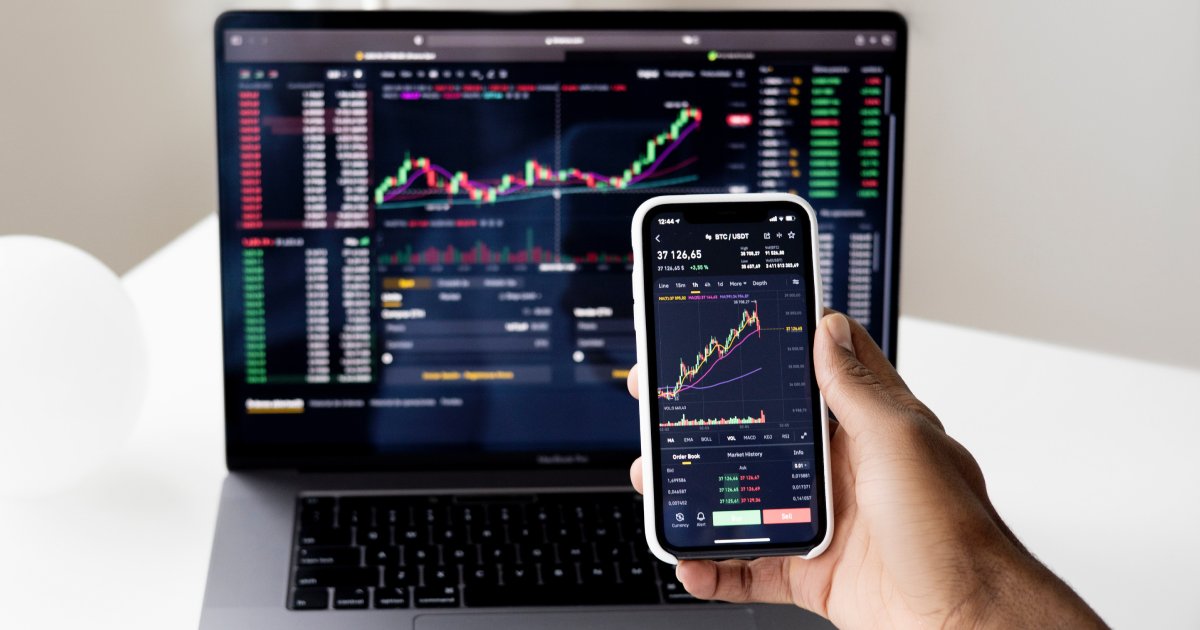What do you think investing is about? Allocating money to that fixed deposit, buying some gold, monthly mutual fund systematic investment plans (SIP) and perhaps that second house? Where you finally allocate your money is only the outcome of the investment process. To make this process efficient and relevant to your life goals, you can neither begin with the product choice nor with the expected return.
The first step towards efficient investing is really deciding how much risk you are willing to take on. This sounds complicated but in reality, it is just an assessment of your ability to stay invested for long periods of time and absorb some interim fluctuation in the value of your money. This is not going to be the same for all your money and that’s when you decide how much to invest where. In order to get to the product selection, it’s important to understand risk first.
Risk of capital loss
This is the foremost risk you need to consider. No matter what your investment time horizon, losing your capital should never be okay. How can you identify this risk of capital loss? There are some red flags that come up in certain types of investments, which can help you identify this risk.
Firstly, if there is a promise of extraordinary return which you can’t make in any other investment, be wary. The promise of a high return is always a red flag. It often means that the money will be used in a highly risky venture, if the venture is successful, you may get a return. However, a high return comes with high risk, which means the likelihood of you losing all your money is high too.
Secondly, when someone is willing to invest on your behalf but in their name, you should be sceptical. Once again, such opportunities come with a promise of high return but with very high risk.
Lastly, investing in a poor quality investment, be it a mutual fund scheme, a stock or a bond has a high probability of capital loss. If you don’t know or understand how to evaluate quality, taking the help of a professional financial advisor can help.
Risk of volatility
Volatility essentially means fluctuation in the value of an investment. Usually, this is a risk when it comes to market-linked investments like mutual funds and stocks. If you have invested in a good quality mutual fund or equity stock, then you need to remain invested for a few years before you see value compounding. In the interim, thanks to the externals events, immediate demand and supply and trading, the price of the fund or stock can keep moving up or down. Over time, price aligns to the fundamental value of the underlying business(s).
However, knowing that volatility exists, doesn’t necessarily mean that you will also be able to absorb and withstand it. In extreme situations, seeing the value of your investment correct by over 30%-50% can be frightening and nerve-racking. What’s more, you may need the money when prices are correcting sharply and that can put a dent in your financial plans.
However, unlike default risk, volatility is a risk that can be managed by extending your investment horizon, focusing on quality investments and planning for required redemptions a few months before time.
Inflation risk
Savings that are not suitably invested are left at the mercy of inflation risk. Inflation in a growing economy like ours is a given. Thanks to this the purchasing power of money keeps reducing because prices of goods and services are forever on the rise. This means, your Rs 100 today will not be able to buy the same amount of ‘stuff’ it could a year ago or 5 or 10 years ago. Or in other words, your money is losing value.
Inflation risk can also be managed. For this, you have to ensure that you are investing that part of your savings which you need after a few years in growth assets like equity which will create long term value. Investing what you need in a few weeks or months in equity can subject it to volatility risk which is not suitable. Hence, growth assets are a good choice only for long term investments.
In the long run, assets like equity can grow beyond the inflation in the economy thereby delivering real value to your investment portfolio.
Once you know how to manage risk, the return outcomes from your investments will be more aligned with what you want to achieve in life. A return first approach can turn your financial objectives topsy turvy. It’s important to first know what you want your money to achieve first, assess the risks of probable investment choices and only then select the end products.






0 Comments